| Sorted by date | |||
page175from Nordic Architects Writes
Alvar Aalto’s Worlfsburg Culture Centre,
1963
The
younger generation criticized Reima Pietilä especially sharply. Pietilä was one
of the central figures of the 1960s, building his prize-winning competition
entries. Aalto, who had become a national institution, was eventually left in
peace. The angry young men, as assistants at the University of Technology,
prevented the emergency of a Pietilä School (which was actually on its way),
and the trial of strength between Pietilä and Juhani Pallasmaa in the Finnish
Architectural Review after the completion of Dipoli is already one of the
classics of Finnish architectural debate.
Gradually
some adjustments of attitudes proved necessary. On closer study, a too
straightforward interpretation of Pietilä’s architecture as “built ideology”
does not seem to hold good. His starting point is more likely a view of the
inner nature and logic of architecture than of its relation to society – and
the same can be said of his opponents in many respects. Gradually, as one began
to see how multinational business had adopted the Miesian style as its
architectural image, attitudes to Pietilä’s architecture also began to change,
however irrational it was. In the hurly-burly of the EEC debate some people
even saw similarities between the political role of Pietilä, and that of the
National Romanticists of the turn of the century.
|
|||
|
|||
|
|
 ... ...
... ... ... ...
... ... ... ...
... ... ... ...
... ... ... ...
... ... ... ...
... ...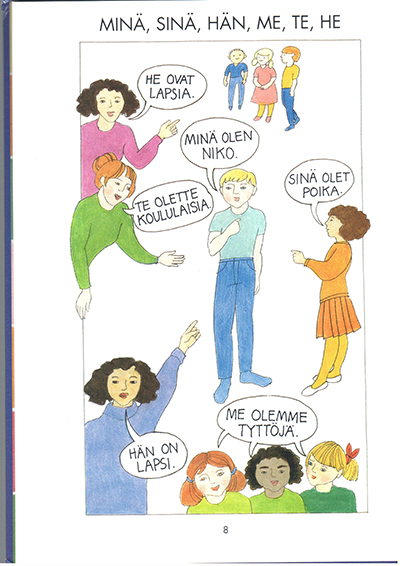 ... ...
... ...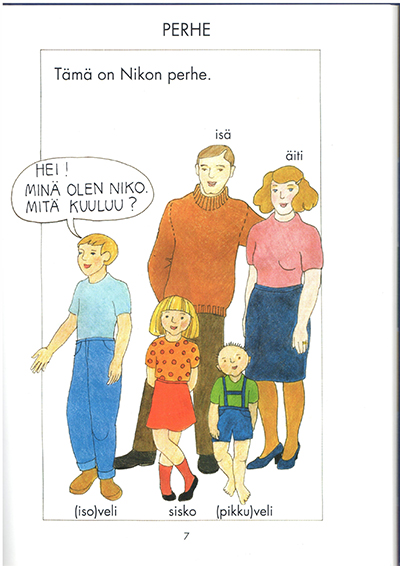 ... ...
... ... ... ...
... ...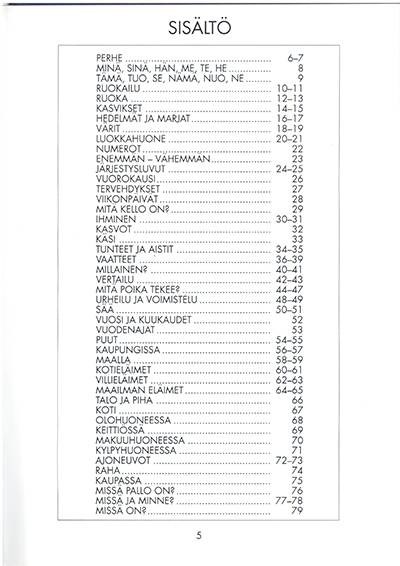 ... ...
... ... ... ...
... ... ... ...
... ...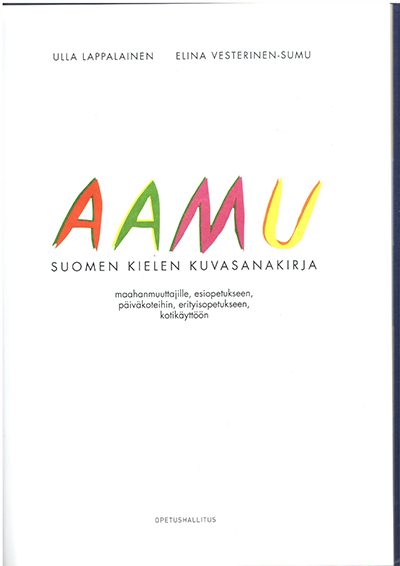 ... ...
... ...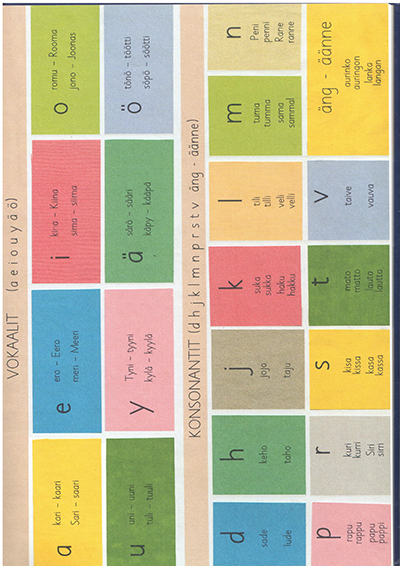 ... ...
... ...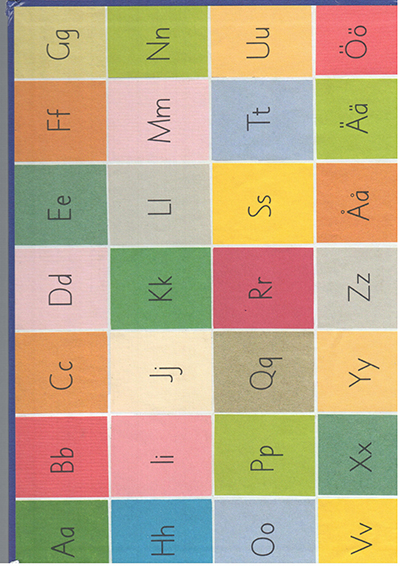 ... ...
... ...